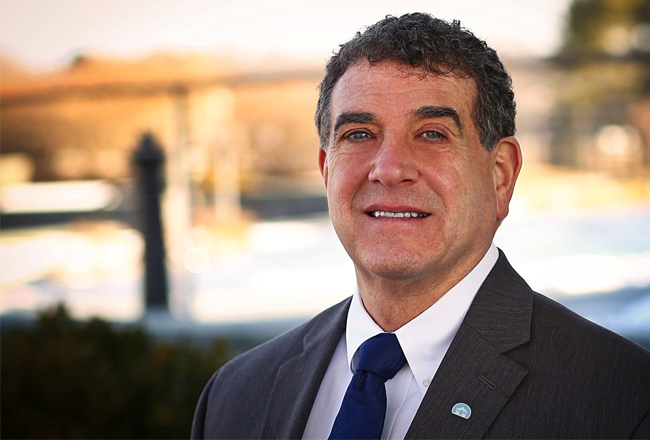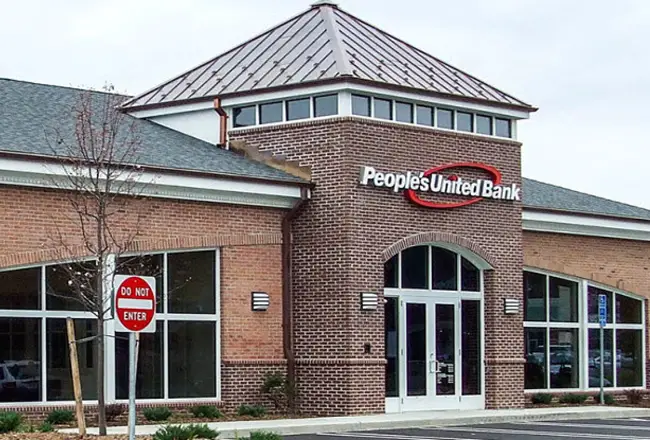It”™s no secret that loans guaranteed by the Small Business Administration (SBA) are a critical source of entrepreneurial funding, and that”™s certainly true in Westchester and Fairfield counties.
 In 2017, more than 68,000 SBA-approved loans provided some $30 billion of working capital, asset financing, export support and loan refinancing. Indications are that those numbers will prove to have been even larger for 2018. And yet, despite these facts, misinformation is prevalent. Many small-business owners remain unaware about what SBA loans are and what it takes to qualify for them.
In 2017, more than 68,000 SBA-approved loans provided some $30 billion of working capital, asset financing, export support and loan refinancing. Indications are that those numbers will prove to have been even larger for 2018. And yet, despite these facts, misinformation is prevalent. Many small-business owners remain unaware about what SBA loans are and what it takes to qualify for them.
The misconceptions are sweeping in scope. We encounter business owners who think the SBA is the actual lender, rather than the guarantor, and that perfect credit is required. Conversely, others perceive the agency as a lender of last resort. Some regard the SBA loan process as drawn out, mired in red tape and not worth the trouble. None of these perceptions is accurate. But because of them, a business owner may be missing out on needed funding, or paying too much for it, by bypassing SBA loans as a source.
Not only are SBA loans potentially advantageous for small businesses, they are proving especially helpful for businesses that “have historically faced greater challenges” in obtaining financing, to use the SBA”™s language. This includes women- and minority-owned businesses as well as those owned by disabled veterans. In the aggregate, these groups received more than $18 billion in SBA loans in 2017.
Banks and other lenders approved by the SBA can make loans that are substantially guaranteed by the SBA, which means the SBA will reimburse a percentage of principal in the event of a credit loss. Based on that guarantee, lenders can make loans that might be otherwise unfeasible, allowing borrowers with imperfect credit histories or insufficient equity to qualify for a conventional loan to secure financing. (But “imperfect” credit history doesn”™t mean a bad history ”” the SBA will not imperil the soundness of its program by guaranteeing loans to borrowers who do not have credible explanations for their credit weaknesses.)
Contrary to a prevalent myth, it does not take “forever” to close an SBA loan. However, many loan applicants slow down the process through lack of preparation. One common reason for delay occurs when borrowers confuse their personal financial information with that of the business, resulting in time lost to separate one from the other. Another stumbling block, most often when the applicant”™s business is a start-up, is unfamiliarity with basic business finance terms, such as gross profit margin versus net profit margin. Start-ups often lack a well-delineated business plan, which generally is required by all lenders. The process runs more smoothly when the borrower does a little homework in advance.
The SBA has approved a percentage of its lenders as “preferred loan providers” or PLPs. Such lenders have the authority to approve loans on behalf of the SBA, not merely to originate and underwrite them. This eliminates a step in the process and further speeds the way to closing.
There are two basic guaranteed loan programs administered by the SBA. One is known as the 7(a) Loan Program. The other is the 504 Loan Program, which is designed to provide relatively low-cost, fixed-rate financing for fixed assets, such as real estate and machinery.
The 504 Program works very differently from 7(a). The small business secures a 504 loan in partnership with a certified development company (CDC), a non-profit organization set up to promote economic development within a community. Usually, the SBA contributes 40 percent of the project cost, with the lender covering 50 percent and the borrower the remaining 10 percent, although under certain conditions the borrower may have to contribute a higher percentage. There are more than 270 CDCs located throughout the U.S.
Mac Wilcox is the president and CEO of New York-based Savoy Bank. He can be reached at 646-775-4005.





















